Many people may know high voltage cable and low frequency wire with applications such as power transmission and heavy industrial applications. But barbed wire and electric fence are also other uses of this HV cable.
Cables are available in seven different voltage categories. They are – Rated, Nominal, Ultra Low, Low, Medium, High and Ultra High.
The cable works at the voltage level. Their choice depends on the voltage that is transmitted through the power wire.
In this article, we will see the basic differences between two commonly used cables – HV (High Voltage) and LV (Low Voltage).
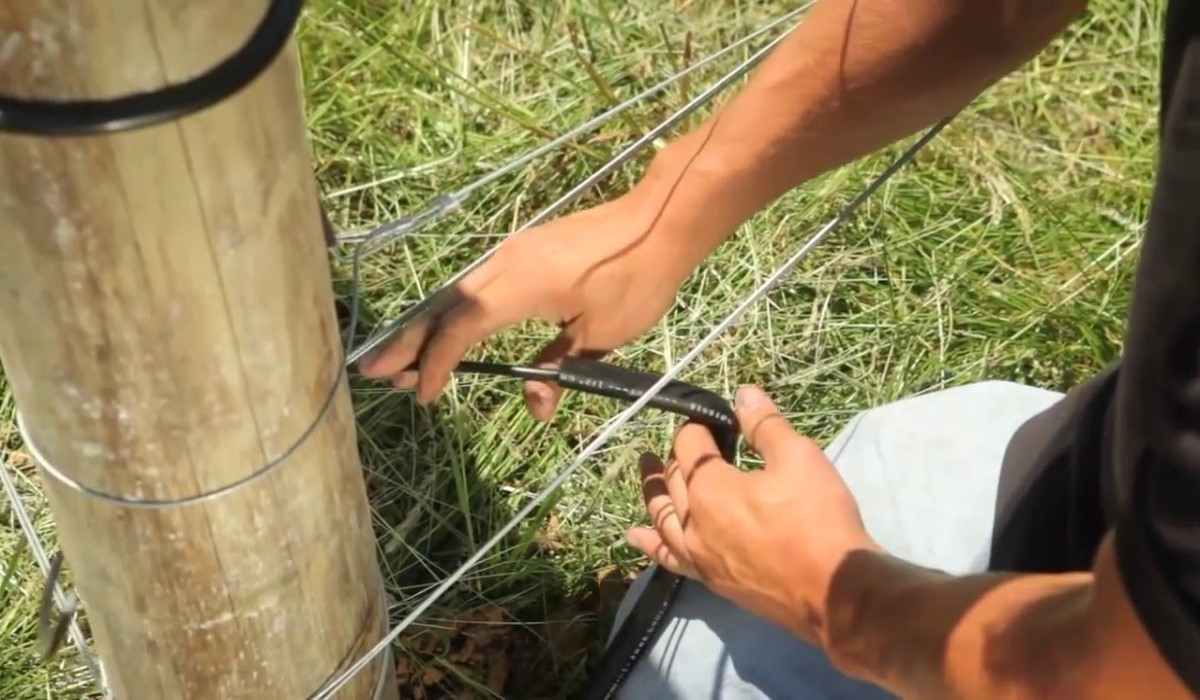
High voltage wire for electric fence
There are different types of portable electric fence 4 wire cable, tape and tape, often called “conductors” that are classified as high voltage wires. Knowing which one to choose can be a little tricky – especially for those new to electronic fencing.
Here we introduce you to different types of managers to help you choose the right farm:
poly sim
The most common “conductor” is polywire portable/temporary fencing. Polywire is made of plastic wire with thin metal wires embedded in it to conduct electrical current from the Fence Energizer.
The individual strands of plastic and wire are usually tightly twisted together to form a single strand.
Polywire lacks the strength of wire fencing, but it doesn’t rust and is easier for animals to see. Wires less than 3 mm in diameter are suitable for cattle, sheep, goats and pigs, while the larger 5 mm version is suitable for horses due to better visibility.
As it is available in rolls, it provides a practical option for temporary fencing solutions such as strip grazing as well as a cost-effective option for subdivided pastures.
Poly tape
Poly tape binds a strand of plastic and wire together to create a highly visible tape. This tape is strong enough to withstand all weather conditions and will not rust.
The white band is more visible against green vegetation or brown landscapes, while the brown or green band is more visible against snowy backgrounds.
Electrical tape is available in different widths, each of which is more suitable for different applications.
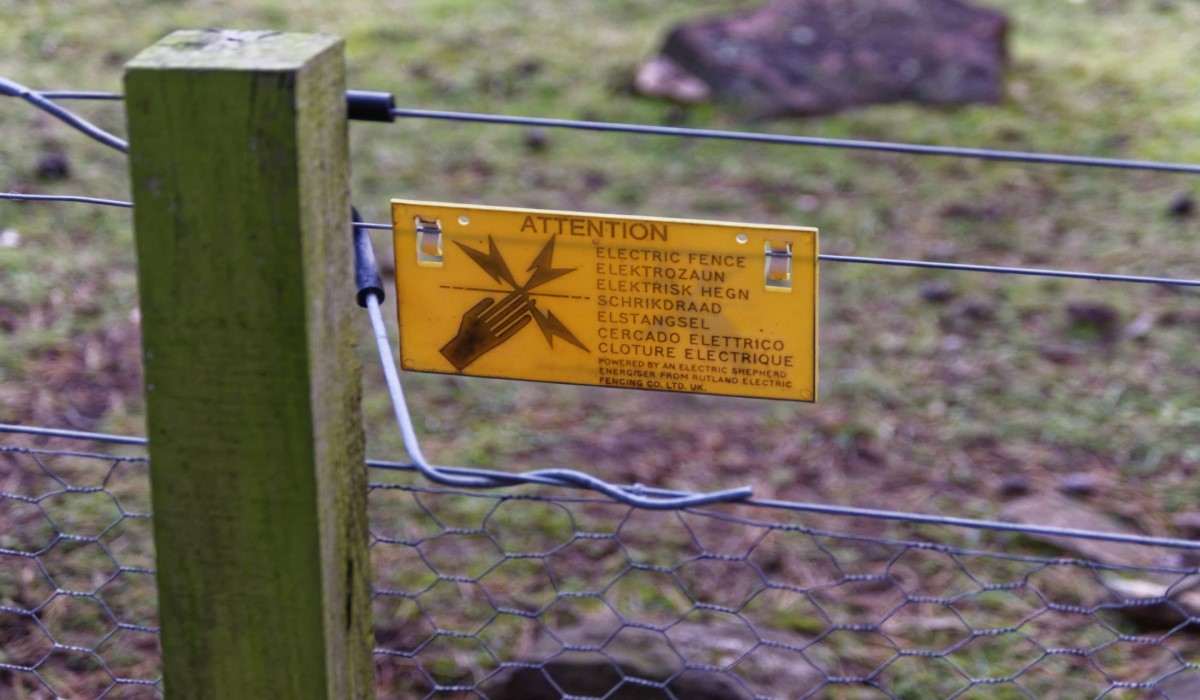
Thicker tape is recommended for perimeter fencing due to improved visibility and superior strength, but is not the best solution in areas that experience high winds – in these cases, polybrid would be a better choice for perimeter fencing.
Thinner strips are more suitable if exposed to windy areas, as their thinner widths have less wind resistance and are therefore less susceptible to wind damage.
Poly weave
Compared to polywire, polybrid has an excellent structure and is less susceptible to wind and ice damage than polytype.
Poly Braid consists of single strands of plastic and wire woven together to create a strong weave that is more durable and less prone to tangling and overstretching. Poly Braid is available in different diameters (thickness).
High tension
High strength steel wire is suitable for permanent fencing of large areas. However, since barbed wire is not the same as polyethylene tape or woven polyethylene fences, high-strength barbed wire is not suitable for fast-moving animals such as horses, which can be seriously injured if struck by the wire at high speed.
High tensile steel wire is available in two options: galvanized steel and aluminum.
Both are strong, durable and easy to maintain, making them good choices for enclosures where animals move slowly. Galvanized steel provides an economical solution for the efficient transmission of electrical loads over long distances.
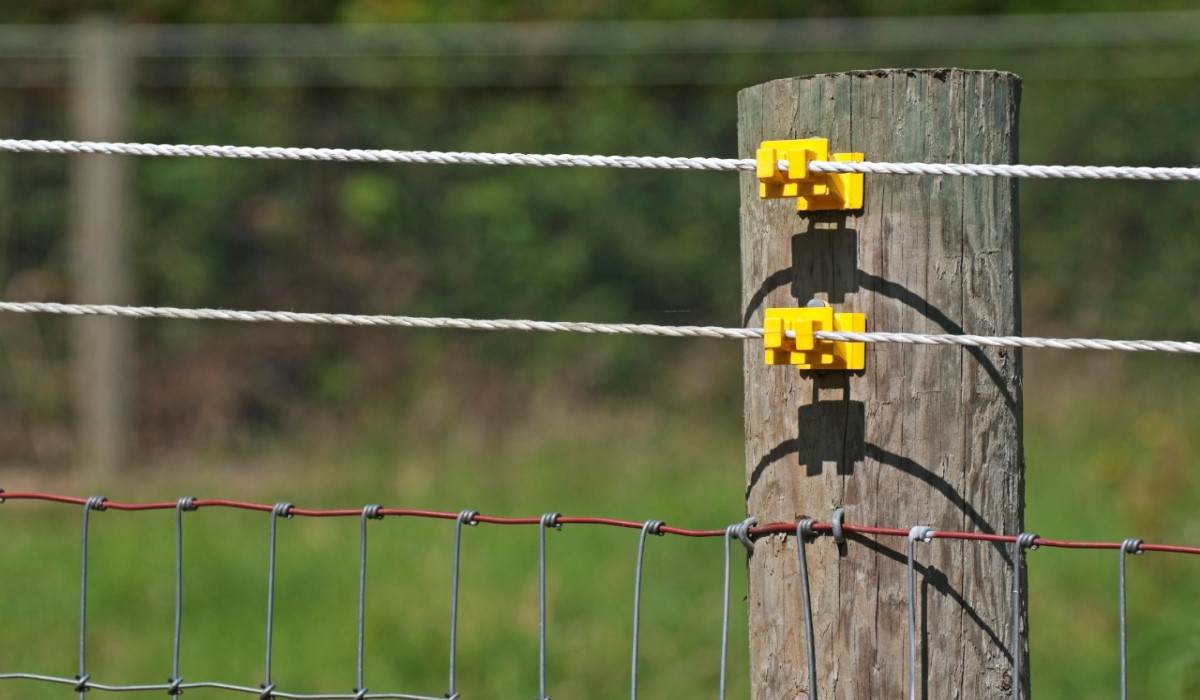
Aluminum has excellent electrical conductivity – four times that of galvanized steel, but is more expensive than steel wire.
Turbo line
Turbo products use the same best-of-breed wire, tape and braid construction as previously described for Poly – with one big difference.
Turbo products have 9 conductive metal strands, including copper, which is 48 times more conductive than poly products, which only have 6 stainless steel strands.
This means that with your turbo voltage it will stay strong and hit farther from your fence than Poly products. Longer temporary enclosures (over 200m) should always be constructed using Turbo products to ensure maximum livestock control.
horse fence
If you own a horse, wire fencing is the safest and most effective electric fence for your horse. This high tension, long life fence uses a specially designed wire sheath to reduce the risk of damage.
Turbo Braid can be used as a semi-permanent low tension fence replacement for horse fence wire. The woven design won’t tangle or stretch and is easy to install.
Semi-permanent wire fencing is highly visible, easy to build, and can last for years, making this type of fencing an affordable and popular option for horse owners.
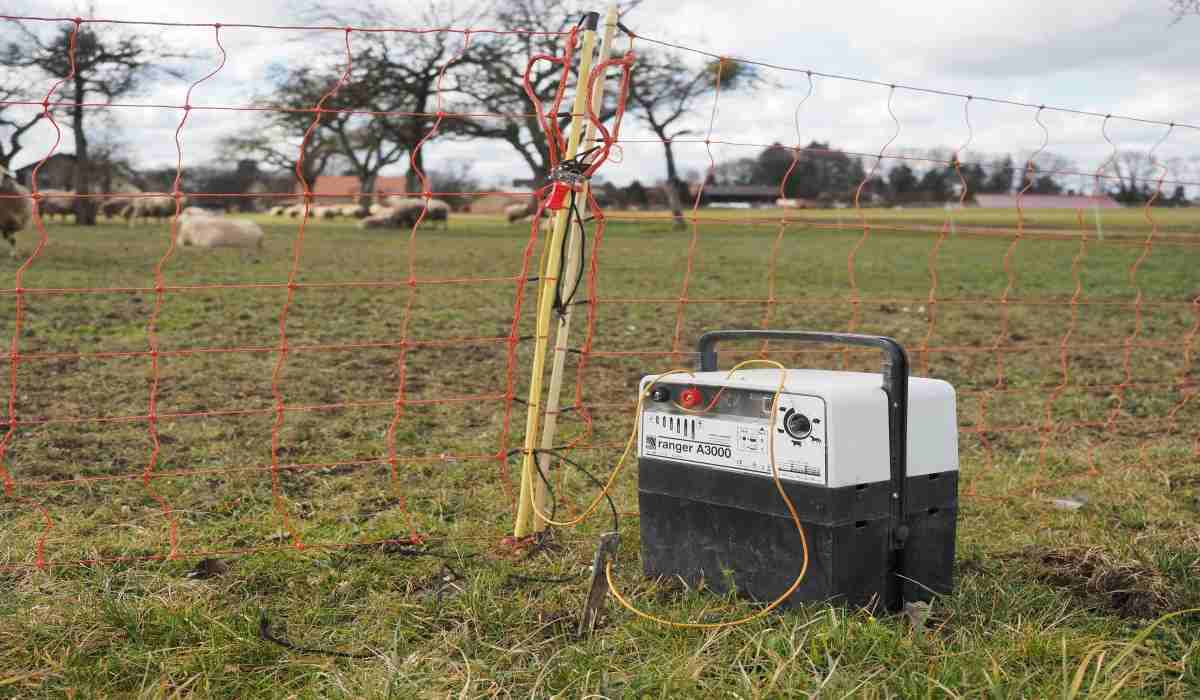
High voltage cable for electric fence
One of the ways to improve the electric fence is to use high voltage cable instead of HV wire and carol power wire.
Connecting the grid to a regular 12V battery alone will not provide enough energy to power the fence and will not function properly. 12V should be boosted to 5-6000V by voltage device.
Also, plugging it directly into a 220V outlet creates a very dangerous system because it charges at 13 amps, which is very dangerous. A typical voltage device operates at 15 to 500 mA. How is the web secured?
How does an electronic fence work?
Whether it is a grid system or a standard fence, the principle is the same.
The electric fence consists of an open circuit consisting of two arms.
1/. The first arm of the fence is connected to the electrical terminals on the fence assembly. This part should be separated from any other conductive material (soil, leaves, grass, tree, metal or brick) with plastic insulation or air gap of at least 3 cm.
It does not need to loop on itself and can be one line away from the actuator.
2/. The other arm is the ground itself, which is connected to the exciter ground terminal via a ground pole/post.
An open circuit (as shown) is then left for the wrong animal to close.
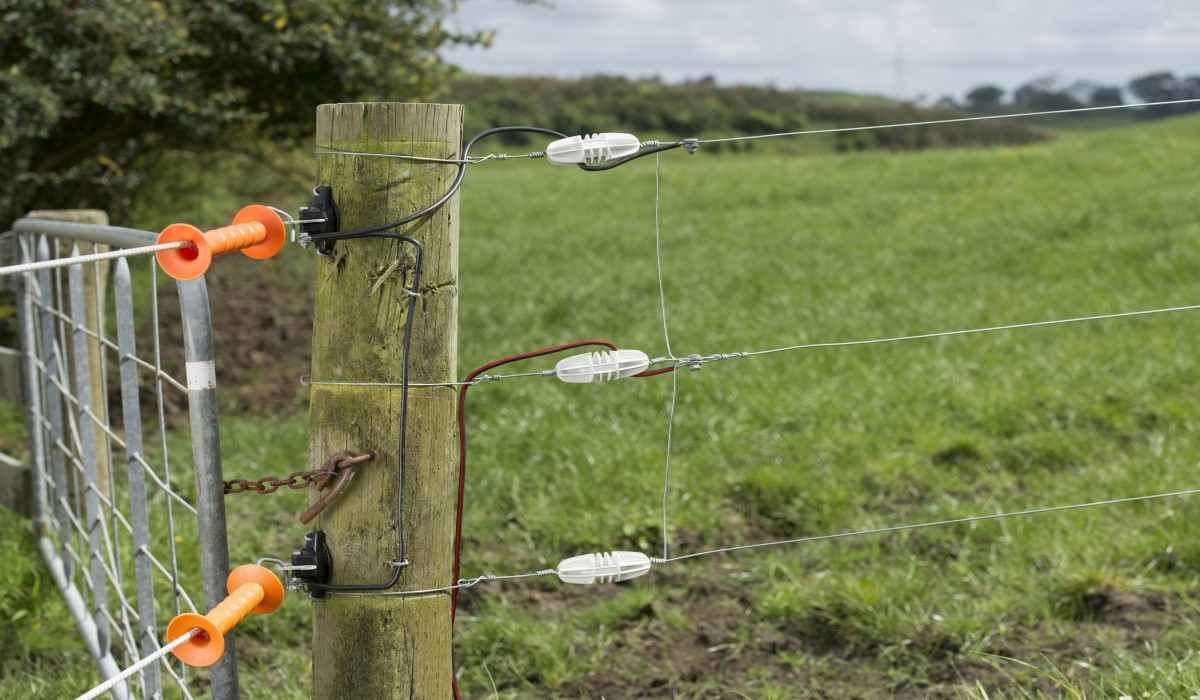
Compare this with the other two.
1/ Static electricity produced by touching the door, about 30,000 volts, 1/1000 x 5 mA. For a second, uncomfortable, but not lasting.
2/. Mains 220V, 13A, constant, inconvenient, often fatal.
The electronic fence has weak current and pulsating current and is a safety product. It is the current strength in charging and constant connection that makes electricity dangerous.

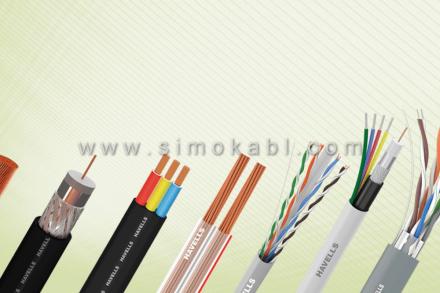
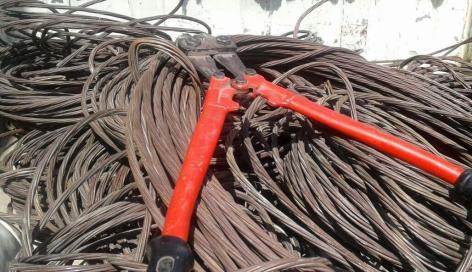

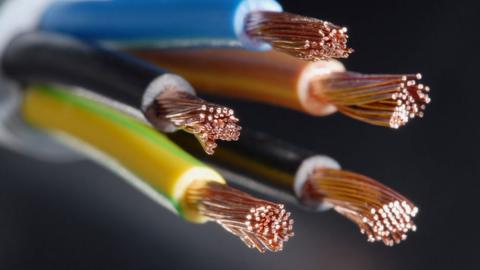
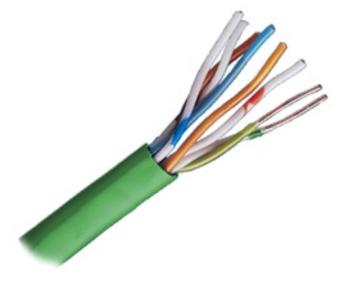
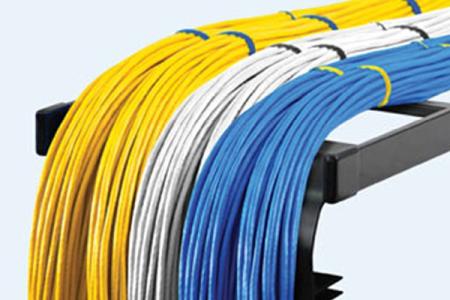
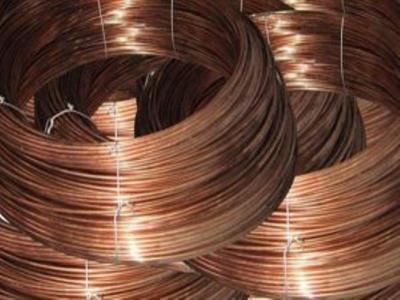

Your comment submitted.